Parrish Art Museum by Herzog & de Meuron, New York
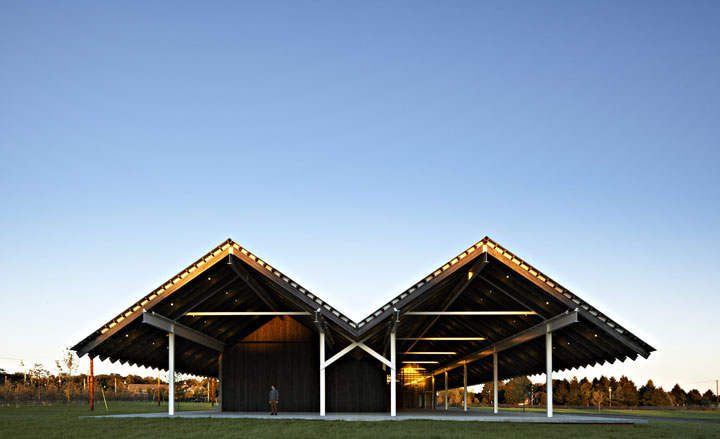
One gallery wall of the new Herzog & de Meuron-designed Parrish Art Museum, which opened Saturday in Water Mill - on New York's Long Island - is dominated by a recently acquired painting by Ross Bleckner, who lives just down the road in Sagaponack. The 1990 canvas, a mesmerising constellation of dots in cloudy hues that echo the museum's palette of bright white and bruised concrete, is 'Architecture of the Sky,' a title that could also describe the building in which in now hangs.
'You have the feeling that the sky here is somehow bigger than it is elsewhere,' says Ascan Mergenthaler, the Herzog & de Meuron senior partner who was in charge of the $26.2 million Parrish project. 'It's because of the special landscape and light that so many artists have their studios in this place.'
The 34,400-sq-ft museum is essentially a double-barrelled, extruded version of the classic house-shaped artist's studio, with north-facing skylights that governed the placement of the building - at a jaunty angle on the site of a former tree nursery.
Rooted in vernacular architecture and local construction methods and surrounded by native plants, the 115-year-old museum's new home comes with a twist: concrete walls, for which the architects scouted local basements to find suitably rugged examples.
'The solidity of this building was important to us, because everything in America is wood-framed and clad somehow, and kind of feels hollow,' notes Mergenthaler. Adding a human scale to the long expanses of concrete is a continuous bench along the bottom, sure to become a popular perch for socialising.
Inside, the single-floor museum is wonderfully simple, with public functions (such as reception, store, and café) to the west, administrative offices and art handling to the east, and the galleries clustered in the middle, arrayed in two parallel bars.
Aiding visitors' intuitive navigation of the space from the moment they walk through the blackened wood doors is the work of Konstantin Grcic, whose furnishings and Serge Mouille-meets-Alexander Calder light fixtures appear to float amidst the pale paneling of reclaimed pine.
'It is a simple building, and it should feel very straightforward and natural,' says Grcic. 'That's what we tried to do with the furniture. We tried to find a very simple grammar for it.'
The café and adjacent outdoor terrace are stocked with chairs designed by Grcic especially for the museum and produced by Emeco, which will officially launch the 'Parrish Chair' at Salone Del Mobile 2013 in Milan. The chair was designed to take up a minimum of space. 'It's almost like the drawing of a chair,' adds Grcic, 'just the line, the tube, and the seat.'
Taking centre stage is, of course, the art. With triple the exhibition space of the previous museum, the new Parrish showcases not only temporary exhibitions, such as the inaugural show exploring the role of paper in the art-making process of Malcolm Morley, but also the first-ever installation of works from the permanent collection, including adjoining galleries devoted to William Merritt Chase and Fairfield Porter.
All of the galleries are illuminated by daylight that shifts gradually throughout the day and changes with the seasons. Fluorescents take over at dusk. 'This allows us to experience the artwork in exactly the way in which it was made,' says Parrish Museum director Terrie Sultan. 'Light is key to the creative legacy of the East End of Long Island, which is what we celebrate.'
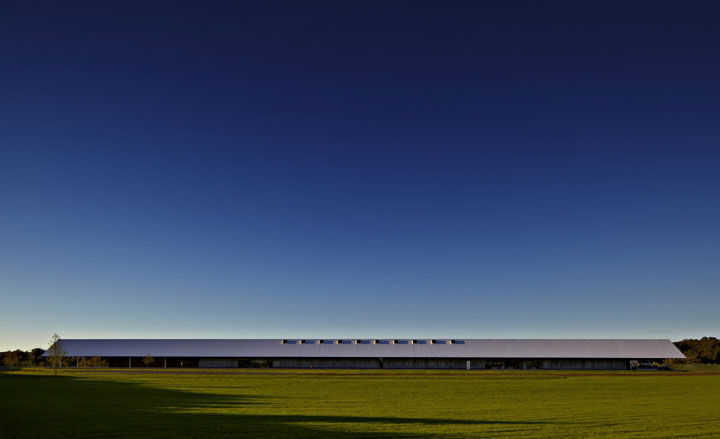
Opened on Saturday in Water Mill, on New York's Long Island, the museum was designed by Herzog & de Meuron.
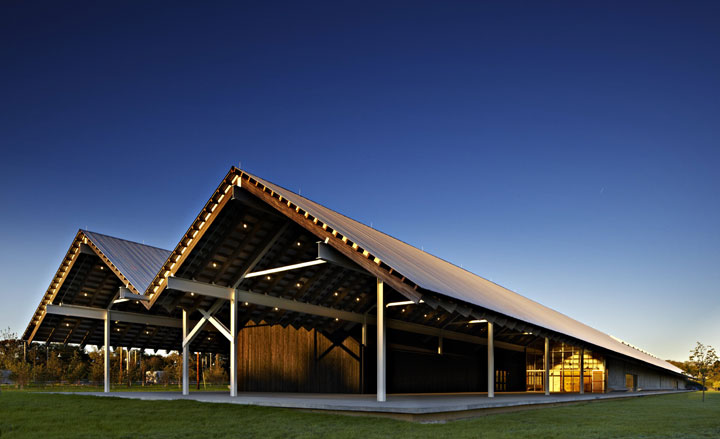
'It's because of the special landscape and light that so many artists have their studios in this place', says Ascan Mergenthaler, the Herzog & de Meuron senior partner who was in charge of the $26.2 million Parrish project.
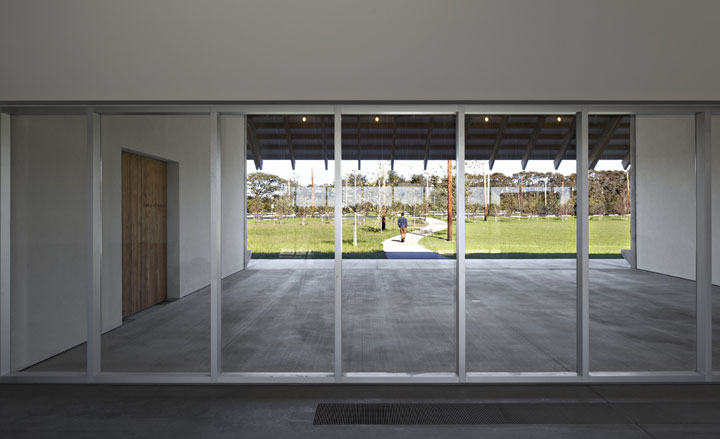
Inside, the single-floor museum is wonderfully simple, with public functions (such as reception, store, and café) to the west, administrative offices and art handling to the east.
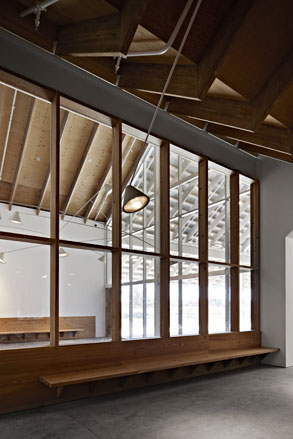
Aiding visitors' intuitive navigation of the space is the work of Konstantin Grcic, whose furnishings and Serge Mouille-meets-Alexander Calder light fixtures appear to float amidst the pale paneling of reclaimed pine.

Galleries are clustered in the middle, arrayed in two parallel bars.

The 115-year-old museum's new home is rooted in vernacular architecture and local construction methods and surrounded by native plants

The café and adjacent outdoor terrace are stocked with chairs designed by Grcic especially for the museum and produced by Emeco, who will officially launch the 'Parrish Chair' at Salone Del Mobile 2013 in Milan
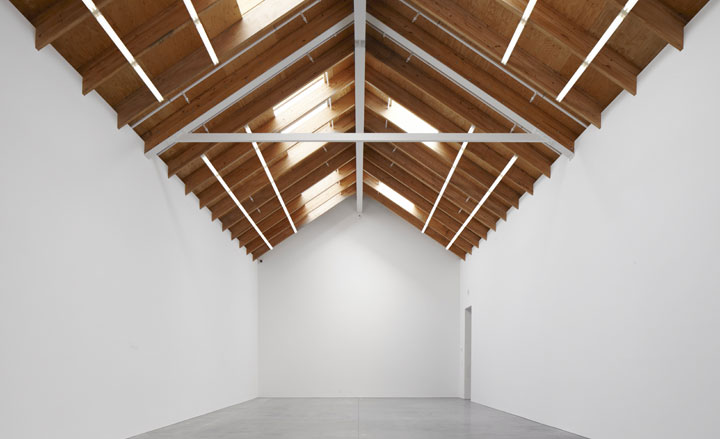
North-facing skylights governed the placement of the building - at a jaunty angle on the site of a former tree nursery.
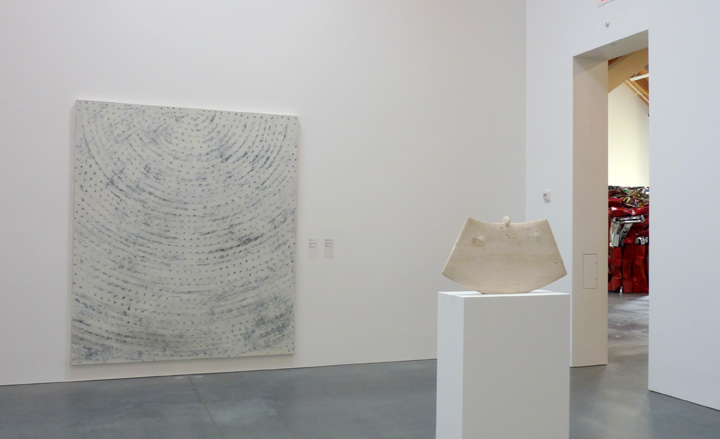
Ross Bleckner's painting 'Architecture of the Sky' - a mesmerising constellation of dots in cloudy hues that echo the museum's palette of bright white and bruised concrete - is a title that could also describe the building in which in now hangs.

Taking centre stage is, of course, the art, with three times the exhibition space of the previous museum. Pictured, far right, is 'Tambourinefrappe' by John Chamberlain, 2010.
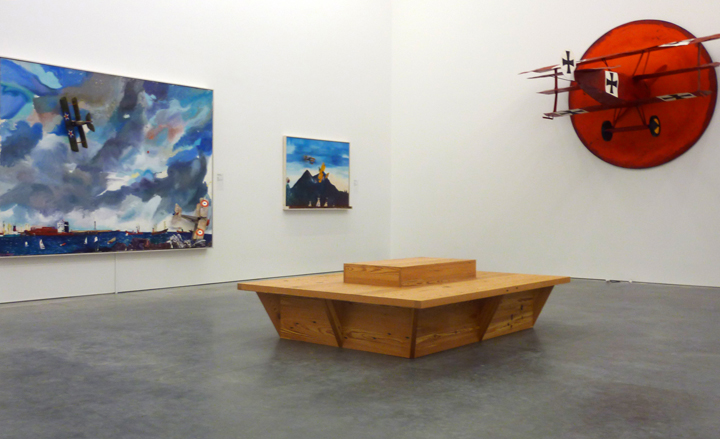
In addition to a first-ever installation of works from the permanent collection, the new Parrish showcases temporary exhibitions, such as the inaugural show exploring the role of paper in the art-making process of Malcolm Morley (pictured)
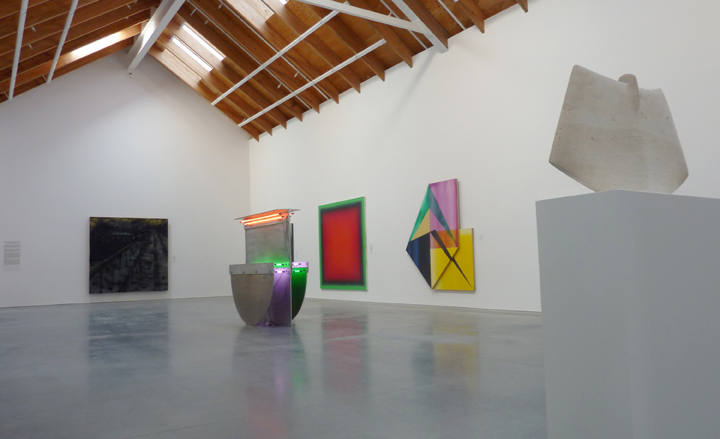
An installation view of some of the recent recent acquisitions at Parrish Art Museum.
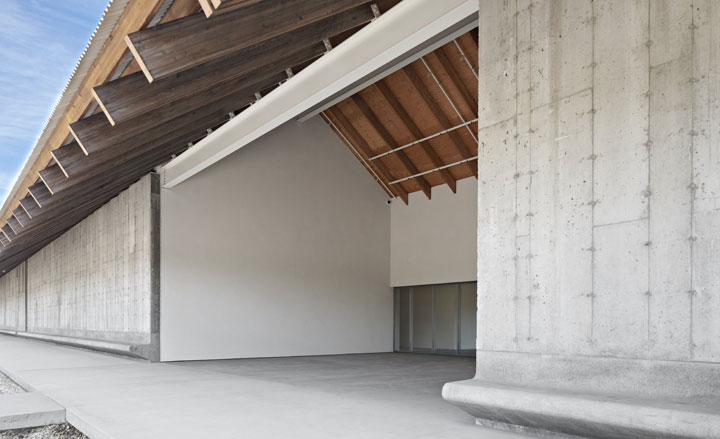
The new space comes with a twist: concrete walls, for which the architects scouted local basements to find suitably rugged examples.
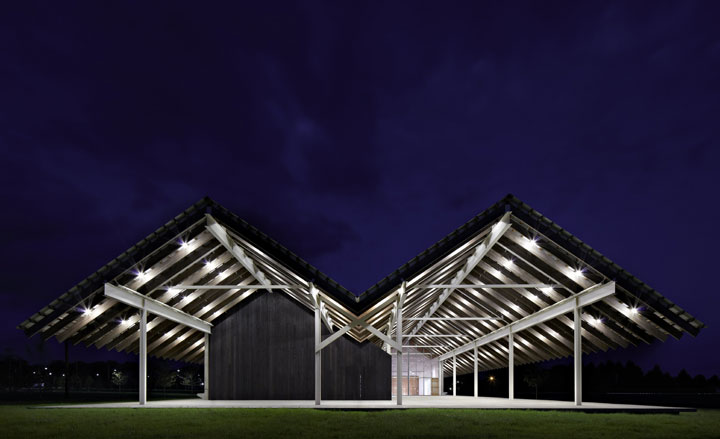
All of the galleries are illuminated by daylight that shifts gradually throughout the day and changes with the seasons, but fluorescents take over at dusk.
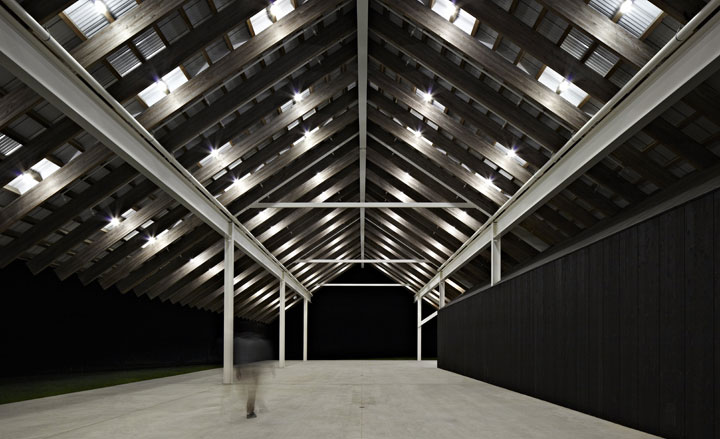
'This allows us to experience the artwork in exactly the way in which it was made,' says Parrish Museum director Terrie Sultan. 'Light is key to the creative legacy of the East End of Long Island.'
ADDRESS
279 Montauk Highway
Water Mill
NY 11976
Receive our daily digest of inspiration, escapism and design stories from around the world direct to your inbox.
Stephanie Murg is a writer and editor based in New York who has contributed to Wallpaper* since 2011. She is the co-author of Pradasphere (Abrams Books), and her writing about art, architecture, and other forms of material culture has also appeared in publications such as Flash Art, ARTnews, Vogue Italia, Smithsonian, Metropolis, and The Architect’s Newspaper. A graduate of Harvard, Stephanie has lectured on the history of art and design at institutions including New York’s School of Visual Arts and the Institute of Contemporary Art in Boston.
-
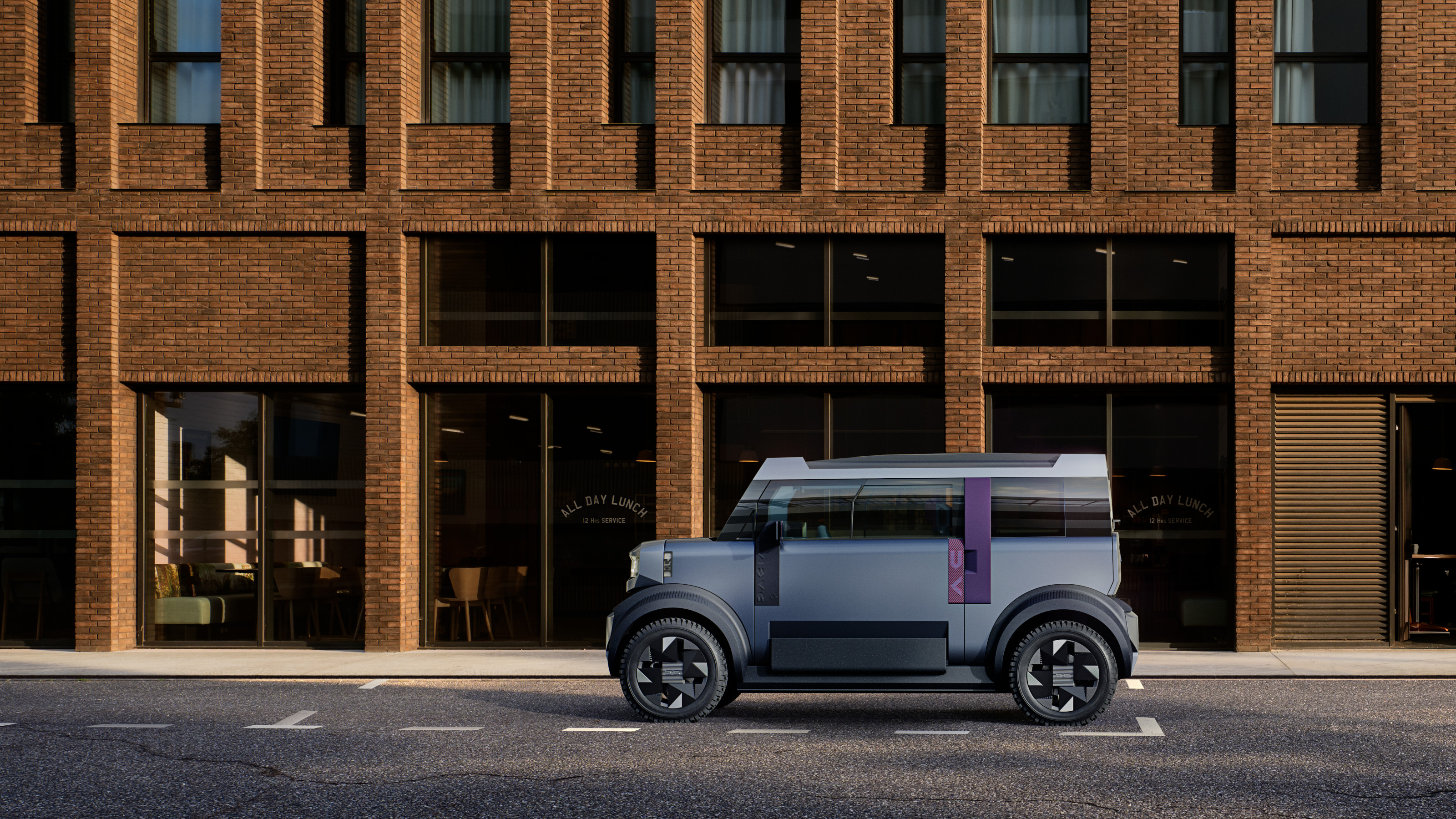 Year in review: the shape of mobility to come in our list of the top 10 concept cars of 2025
Year in review: the shape of mobility to come in our list of the top 10 concept cars of 2025Concept cars remain hugely popular ways to stoke interest in innovation and future forms. Here are our ten best conceptual visions from 2025
-
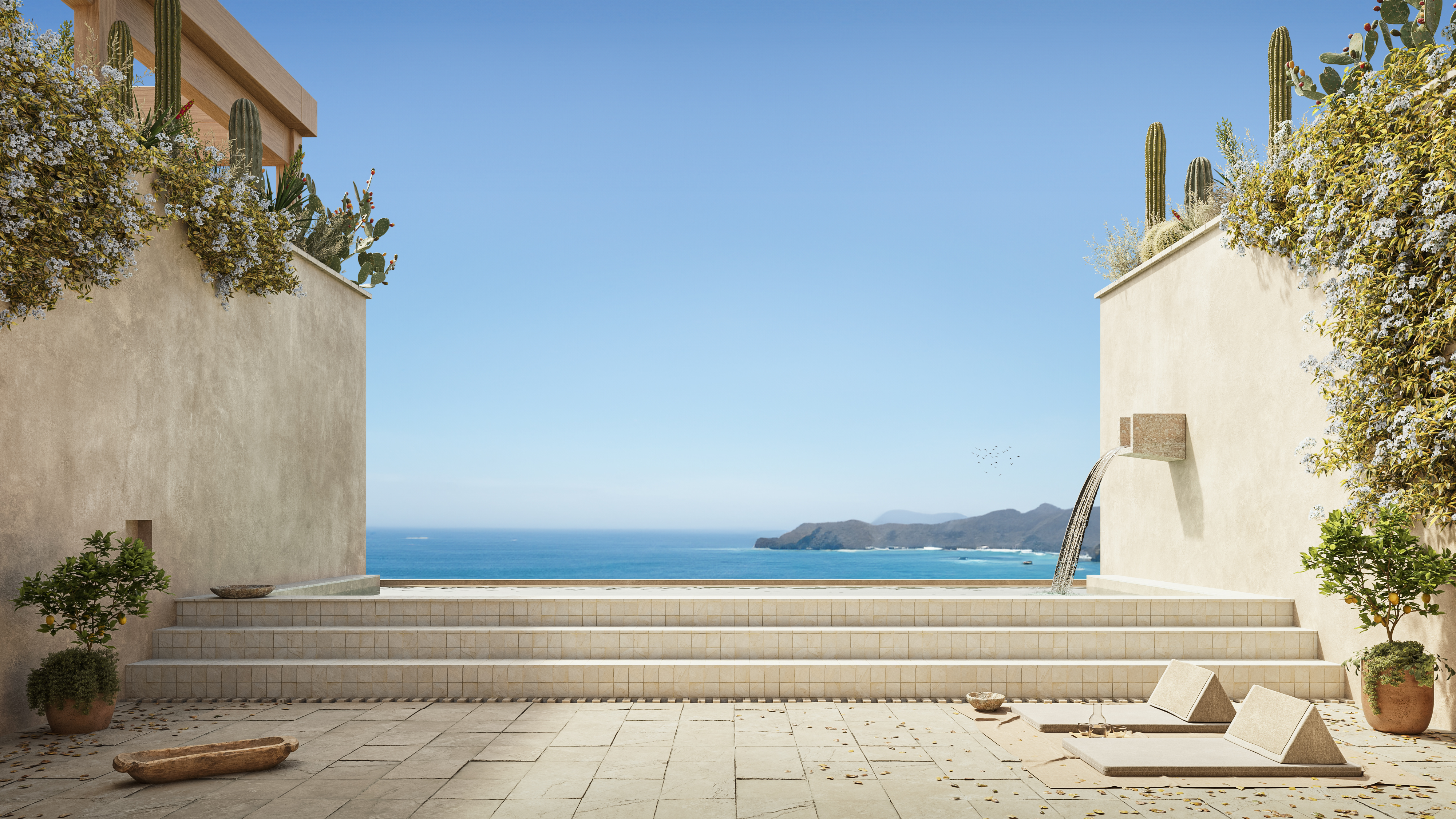 These Guadalajara architects mix modernism with traditional local materials and craft
These Guadalajara architects mix modernism with traditional local materials and craftGuadalajara architects Laura Barba and Luis Aurelio of Barbapiña Arquitectos design drawing on the past to imagine the future
-
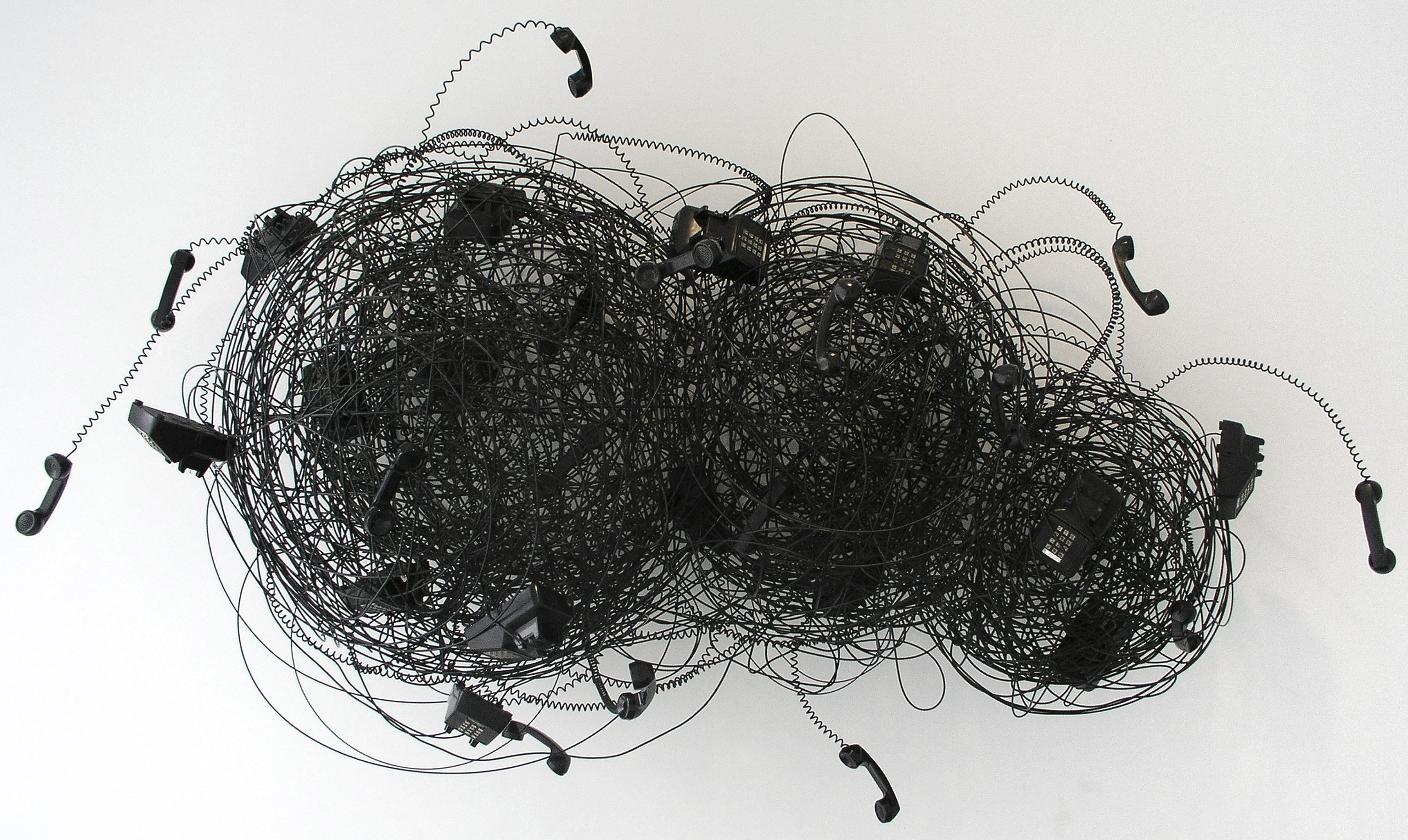 Robert Therrien's largest-ever museum show in Los Angeles is enduringly appealing
Robert Therrien's largest-ever museum show in Los Angeles is enduringly appealing'This is a Story' at The Broad unites 120 of Robert Therrien's sculptures, paintings and works on paper
-
 Step inside this resilient, river-facing cabin for a life with ‘less stuff’
Step inside this resilient, river-facing cabin for a life with ‘less stuff’A tough little cabin designed by architects Wittman Estes, with a big view of the Pacific Northwest's Wenatchee River, is the perfect cosy retreat
-
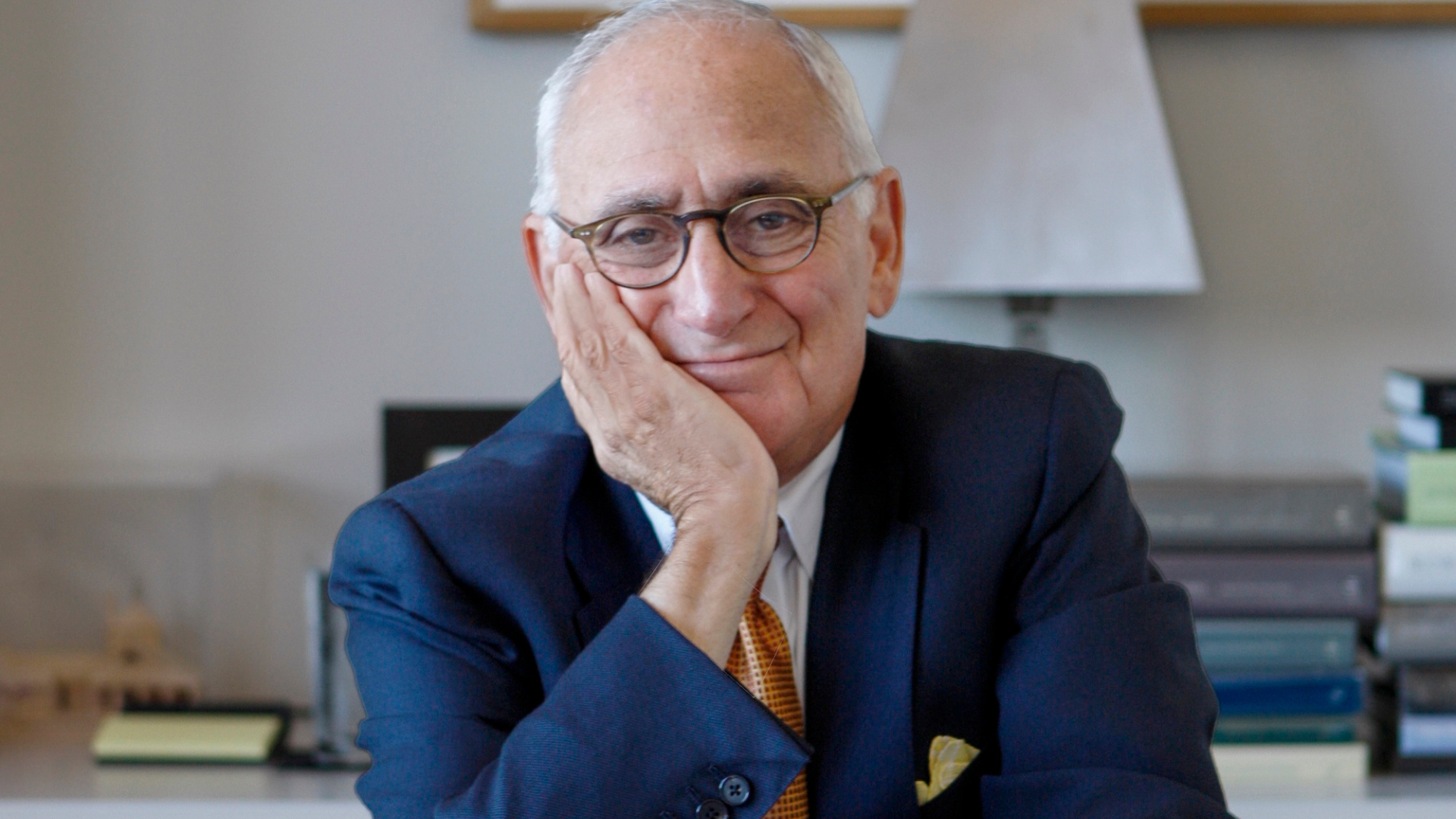 Remembering Robert A.M. Stern, an architect who discovered possibility in the past
Remembering Robert A.M. Stern, an architect who discovered possibility in the pastIt's easy to dismiss the late architect as a traditionalist. But Stern was, in fact, a design rebel whose buildings were as distinctly grand and buttoned-up as his chalk-striped suits
-
 Own an early John Lautner, perched in LA’s Echo Park hills
Own an early John Lautner, perched in LA’s Echo Park hillsThe restored and updated Jules Salkin Residence by John Lautner is a unique piece of Californian design heritage, an early private house by the Frank Lloyd Wright acolyte that points to his future iconic status
-
 The Architecture Edit: Wallpaper’s houses of the month
The Architecture Edit: Wallpaper’s houses of the monthFrom wineries-turned-music studios to fire-resistant holiday homes, these are the properties that have most impressed the Wallpaper* editors this month
-
 The Stahl House – an icon of mid-century modernism – is for sale in Los Angeles
The Stahl House – an icon of mid-century modernism – is for sale in Los AngelesAfter 65 years in the hands of the same family, the home, also known as Case Study House #22, has been listed for $25 million
-
 Houston's Ismaili Centre is the most dazzling new building in America. Here's a look inside
Houston's Ismaili Centre is the most dazzling new building in America. Here's a look insideLondon-based architect Farshid Moussavi designed a new building open to all – and in the process, has created a gleaming new monument
-
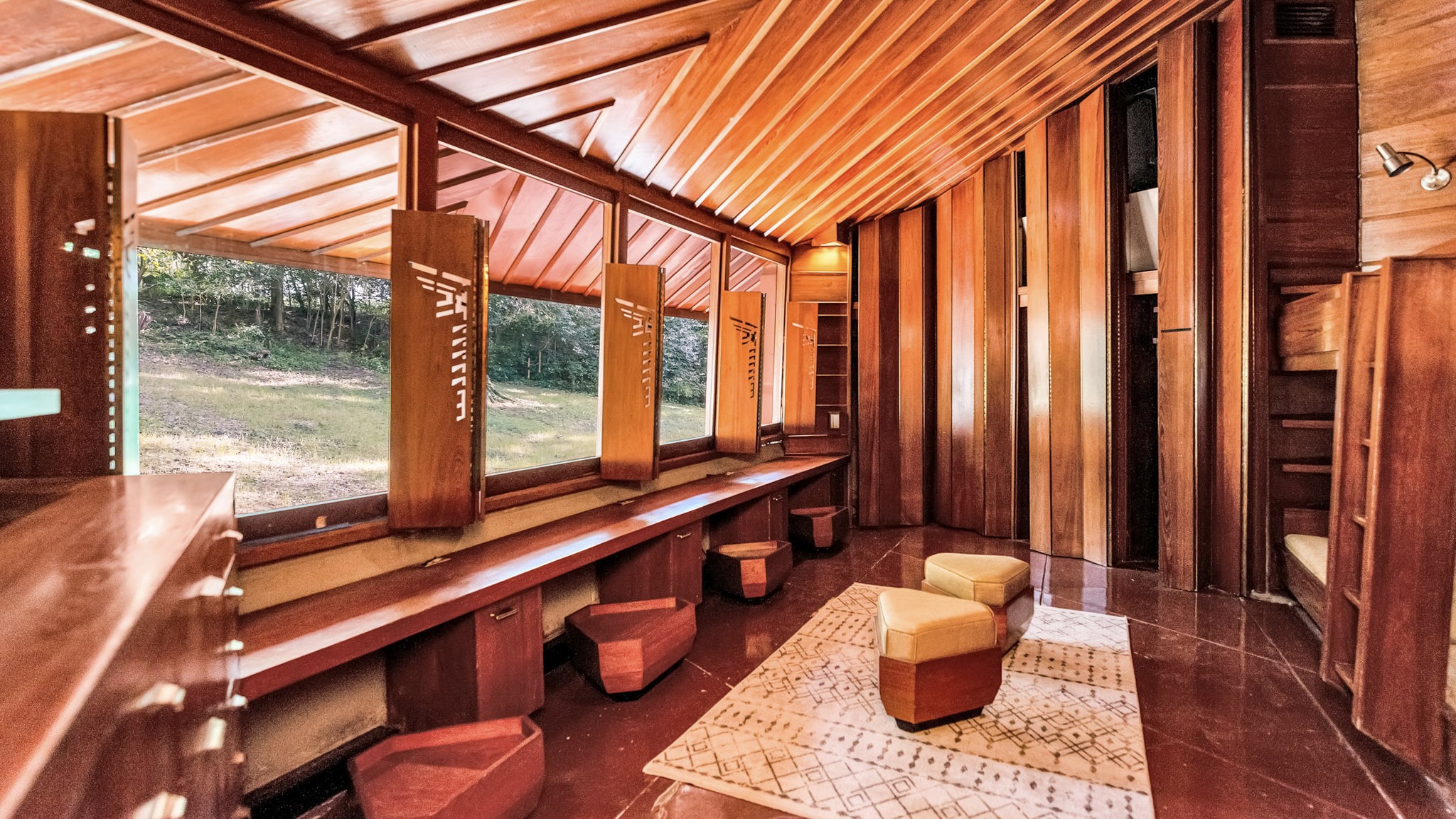 Frank Lloyd Wright’s Fountainhead will be opened to the public for the first time
Frank Lloyd Wright’s Fountainhead will be opened to the public for the first timeThe home, a defining example of the architect’s vision for American design, has been acquired by the Mississippi Museum of Art, which will open it to the public, giving visitors the chance to experience Frank Lloyd Wright’s genius firsthand
-
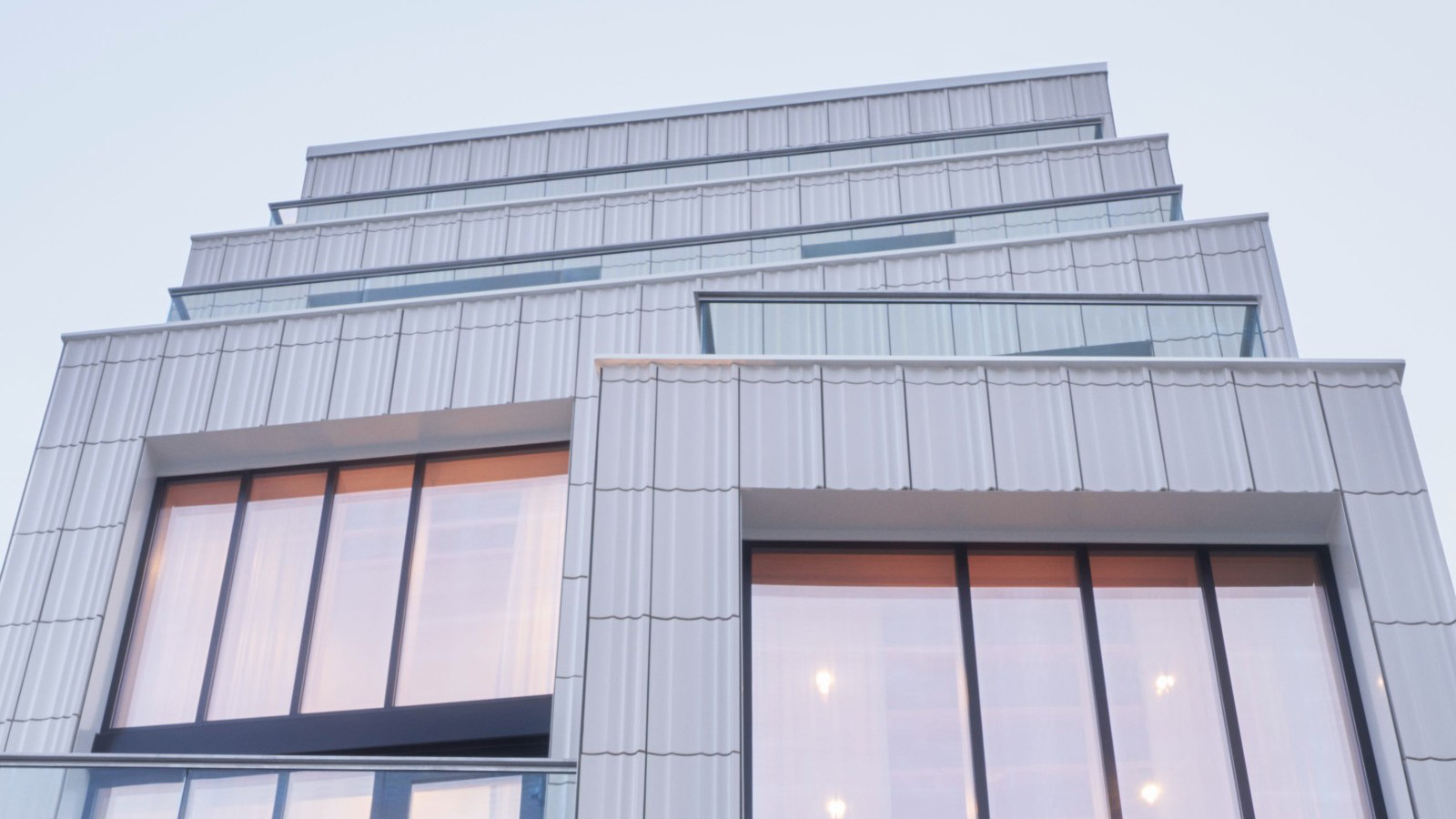 Clad in terracotta, these new Williamsburg homes blend loft living and an organic feel
Clad in terracotta, these new Williamsburg homes blend loft living and an organic feelThe Williamsburg homes inside 103 Grand Street, designed by Brooklyn-based architects Of Possible, bring together elegant interiors and dramatic outdoor space in a slick, stacked volume